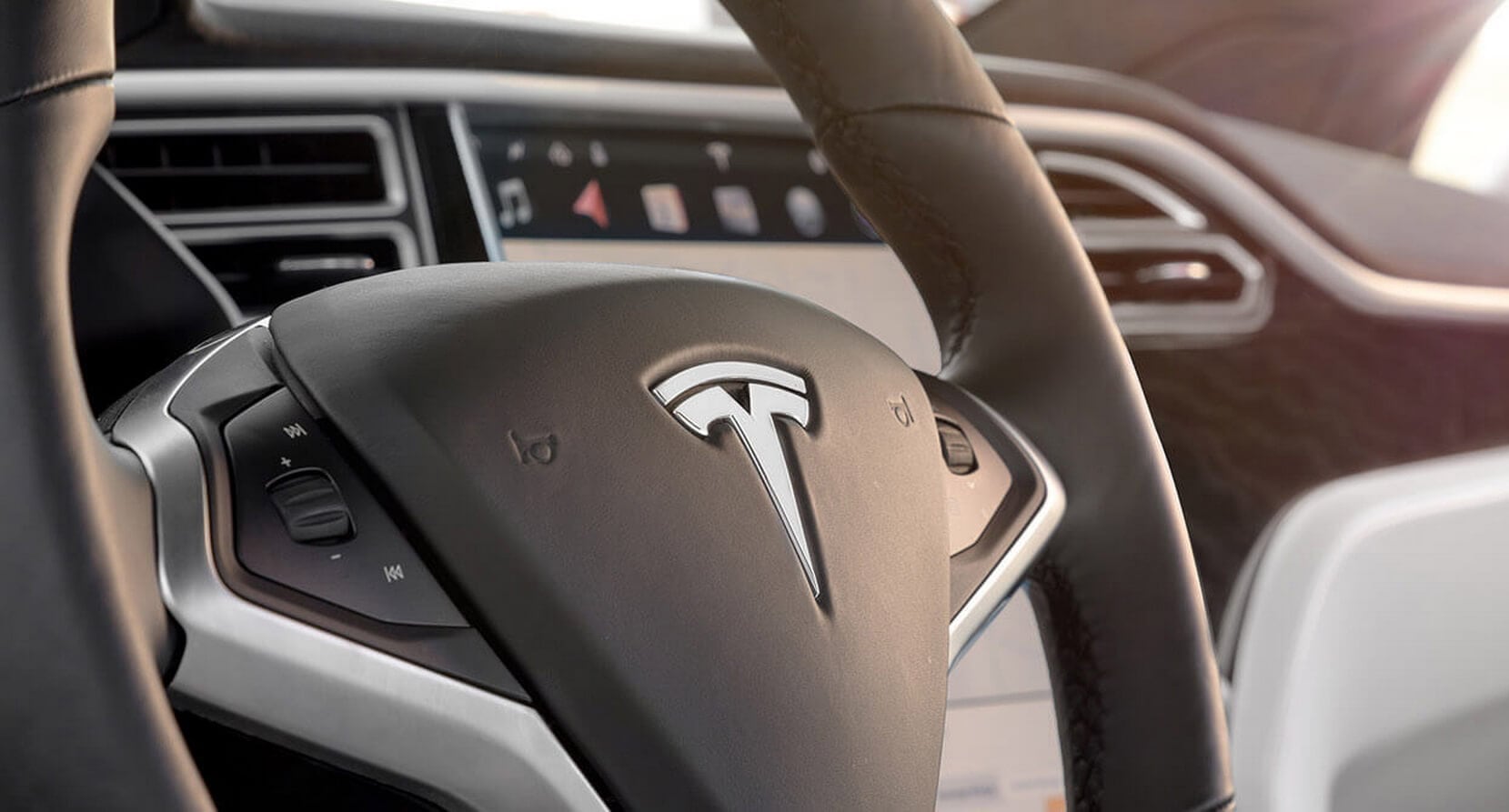In 1841, the first prototype of an electric car appeared. It was a cart with an electric motor. This invention is known as the electric car. But more than half a century passed before a two-person car was invented. In 1899 a prototype of such a car was built by engineer I. Romanov. It is an electric car, allowing to move at a speed of 40 km/h.
In our new age of clean, pollution-free, high-performance and high-efficiency cars, the best electric car is La Jamais Contente. In the 18th century it could reach speeds of up to 100 km/h, then there were electric cars that could reach speeds of up to 130-140 km/h. But despite all this, it was still very difficult to charge an electric engine, so interest in electric cars faded a bit.

Then came the fuel crisis of the 1970s. The world economy needed an environmentally friendly car. So electric cars came back into vogue. They have low operating costs. And they don’t pollute the environment. Advantages of an electric car The advantages of such transportation are many, and we will discuss the most important ones below. Environmental friendliness and absence of exhaust fumes. Electric cars do not use petroleum products, antifreeze mixtures, motor and other oils, which means that there is no emission of harmful exhaust gases. In addition, this type of transport becomes safer in terms of operation, as its fire and explosion hazards are reduced as much as possible. Low cost of maintenance and operation.
High efficiency of the electric motor compared to the gasoline engine. Since electricity is several times cheaper than fuel for cars, the savings for the driver in financial terms are obvious. Higher efficiency of an electric motor compared to a gasoline engine. The efficiency of an electric motor reaches 95%, while the efficiency of a gasoline engine is only 45%. More reliable, simple, safe and affordable car design. Possibility of timely recharging of the engine both from a high-voltage charger (charging station) and from an ordinary household electrical network. Low noise level, due to the small number of moving parts of the car and the mechanical transmission.
Electric cars have both advantages and disadvantages. The obvious advantage is that they do not emit carbon dioxide; however, disadvantages include the high initial cost and the fact that we still need gasoline to run them. Battery capacity is the single most important factor in determining the range of electric cars.
Battery life and reliability is key to battery performance. With some experience, you can learn how to avoid such problems. The biggest problem with hybrid cars is low mileage per charge. Even under good conditions, only half of the battery’s energy can be used to move the car. The battery needs to be filled with energy more than eight times to be fully charged, and that may not be possible during short stops.
The market for electric cars is projected to grow by about six to seven times by 2015. Production of electric cars in 2015 could reach 600,000 per year. According to some estimates, about 35% of all electric cars are sold in the U.S. In general, electric cars are considered safe. Electric cars do not emit any exhaust fumes or make any noise. The electric car market is growing rapidly due to the rapid development of the relevant infrastructure around the world – the creation of specialized electric car service stations, charging stations, and parts stores.
